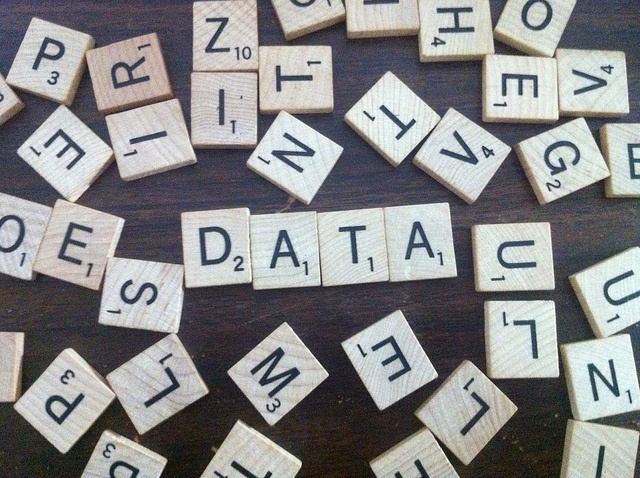
More learning is happening online and education data is growing quickly. Big amounts of education data are empowering the Educational Data Mining (EDM) research field which develops methods for exploring data that come from various educational environments. The increase of educational data, and its use, is of special interest to me as an Engineer at Ed Elements who gets to work on developing a platform that uses this data to improve student outcomes.
There are many applications of EDM but I will just name a few: recommendations for students, providing feedback for instructors, predicting student performance, detecting undesirable student behaviors, grouping students, constructing coursework, planning and scheduling, analysis and visualization of data[1]. With these applications EDM methods are of great value for a Personalized Learning Platform like ours, Highlight, so today I am taking a break from working on continuously improving our platform to share some high level, short descriptions of some of the most-used EDM methods.
For details about EDM research and methods please refer to references [2],[4],[5] below.
Today we will focus on several methods. Some are standard data mining methods, widely used in mining educational data: prediction methods (classification, regression analysis), clustering, relationship mining methods (association rule mining, correlation mining, sequential pattern mining), outlier detection method and social network analysis. Other methods are specific to the EDM field: Distillation of data for human judgment, discovery with models, knowledge tracing. I have a few examples below, geared to the non statisticians out there:
- Classification is a DM method for predicting group membership for some objects.
- Usage in EDM: Predicting student's final grade.
- Regression analysis is used when the predicted value is a continuous value.
- Usage in EDM: Answering questions like: How long does it take a student to answer a certain question.
- Clustering method is used for grouping similar objects.
- Usage in EDM: Grouping students by performance, grouping students by learning patterns, grouping similar teaching materials etc.
- Association rule mining is finding the rules of the form if - then in the given data set.
- Usage in EDM: Identifying which mistakes students always make together.
- Sequential pattern mining is discovering temporal association between variables.
- Usage in EDM: Estimating which sequence of steps (lesson, quiz, forum, ask for help) the student used in the learning process is the most successful for that student.
- Outlier detection is finding considerably different points among the data points.
- Usage in EDM: Finding students with learning problems, detecting irregular learning processes.
- Social network analysis is studying relationships between individuals (teacher - student, student - student, teacher - teacher)
- Usage in EDM: Using data from teacher collaboration to distribute expertise (giving particular tasks to those with appropriate expertise). Analyzing students teamwork, treating it as a social network.
- Distillation of data for human judgment is making complex data understandable by humans.
- Usage in EDM: Analyzing student data by educators.
- Knowledge tracing is a method to estimate student mastery of a skill, for example reading. It is based on the popular cognitive tutoring system [3]. Cognitive models provide mapping between problem solution and skills required. The knowledge tracing system logs the students answers.
- Usage in EDM: Teachers monitoring students moving from problem to problem while mastering the skill.
We are very enthusiastic about using EDM methods to help teachers personalize learning for their students efficiently, to respond to students needs, and to improve learning and teaching performance. Have a question? Let us know!
References:
[1] Romero C, Ventura S. Educational Data Mining: A Review of the State-of-the-Art. IEEE Transactions Syst Man Cybern C: Appl Rev 2010, 40:601–618.
[2] Baker, R., Siemens, G. Educational data mining and learning analytics. To appear in Sawyer, K. (Ed.)Cambridge Handbook of the Learning Sciences: 2nd Edition.
[3] Corbett A, Anderson J. Knowledge tracing: modeling the acquisition of procedural knowledge. User Model User-Adapted Interact 1995, 4:253–278.
[4] Baker, R.S.J.d., Yacef, K. (2009) The State of Educational Data Mining in 2009: A Review and Future Visions. Journal of Educational Data Mining, 1 (1), 3-17
[5] Coursera hosted the course “Big Data in Education” which covers all of these methods in detail. Archives of the course are online.
Image copyright: Justin Grimes



